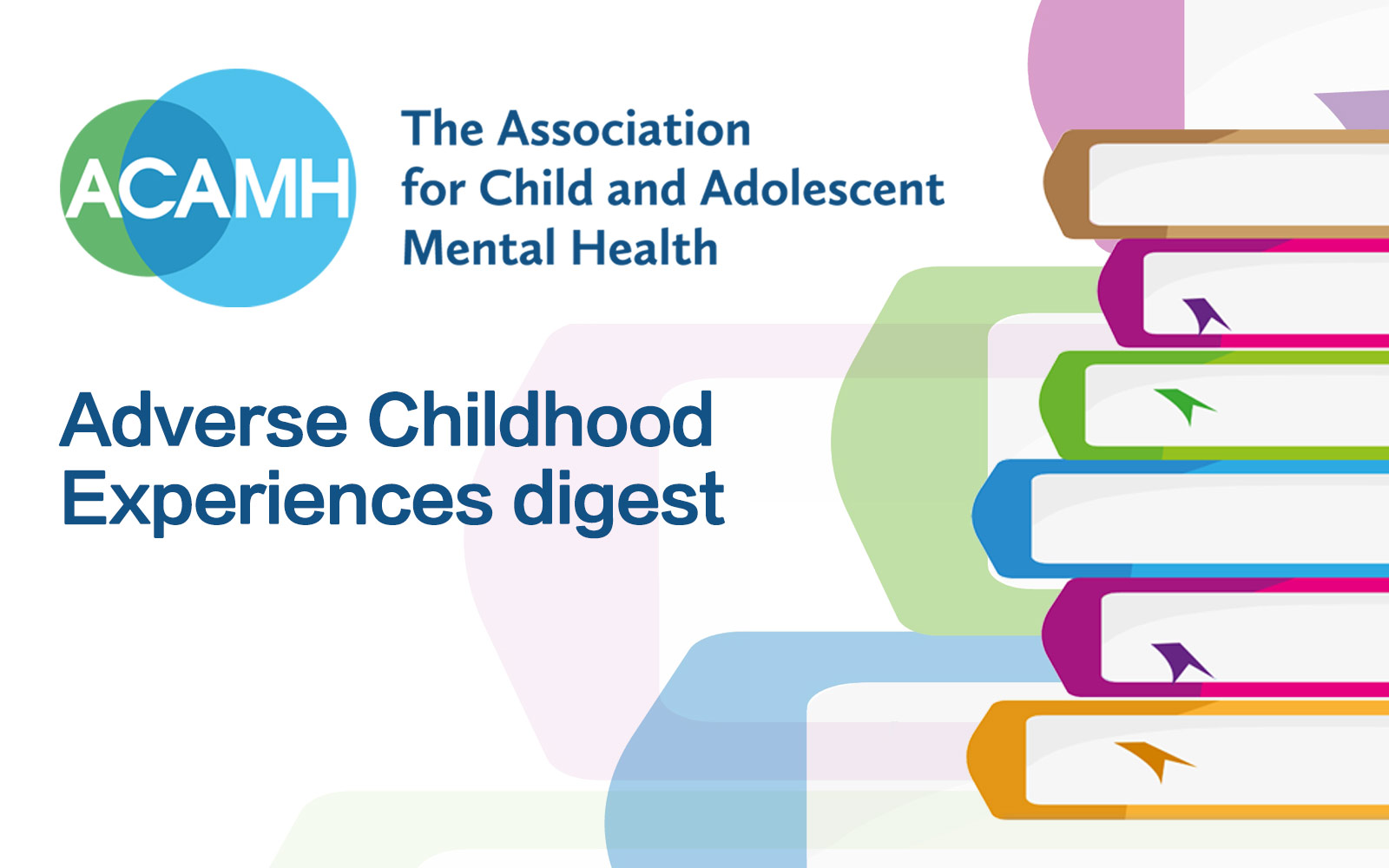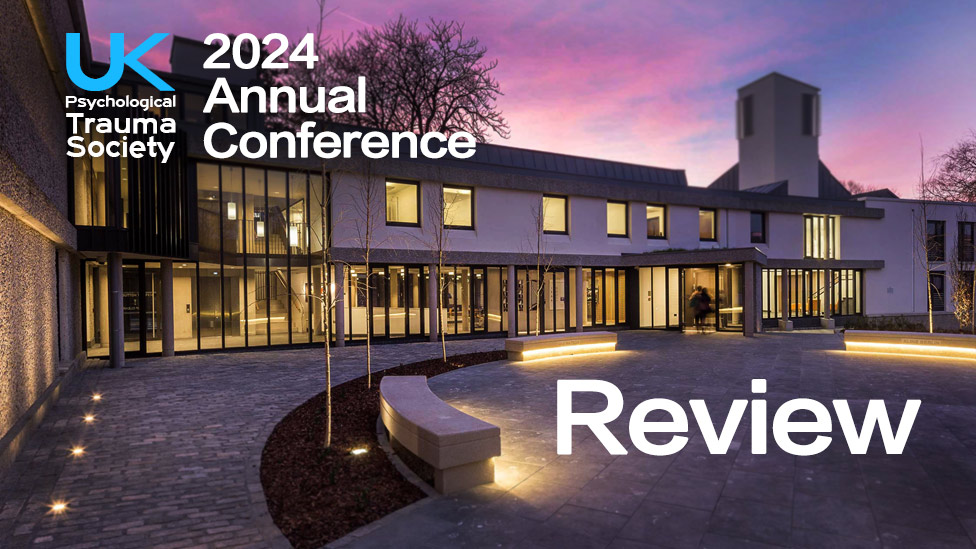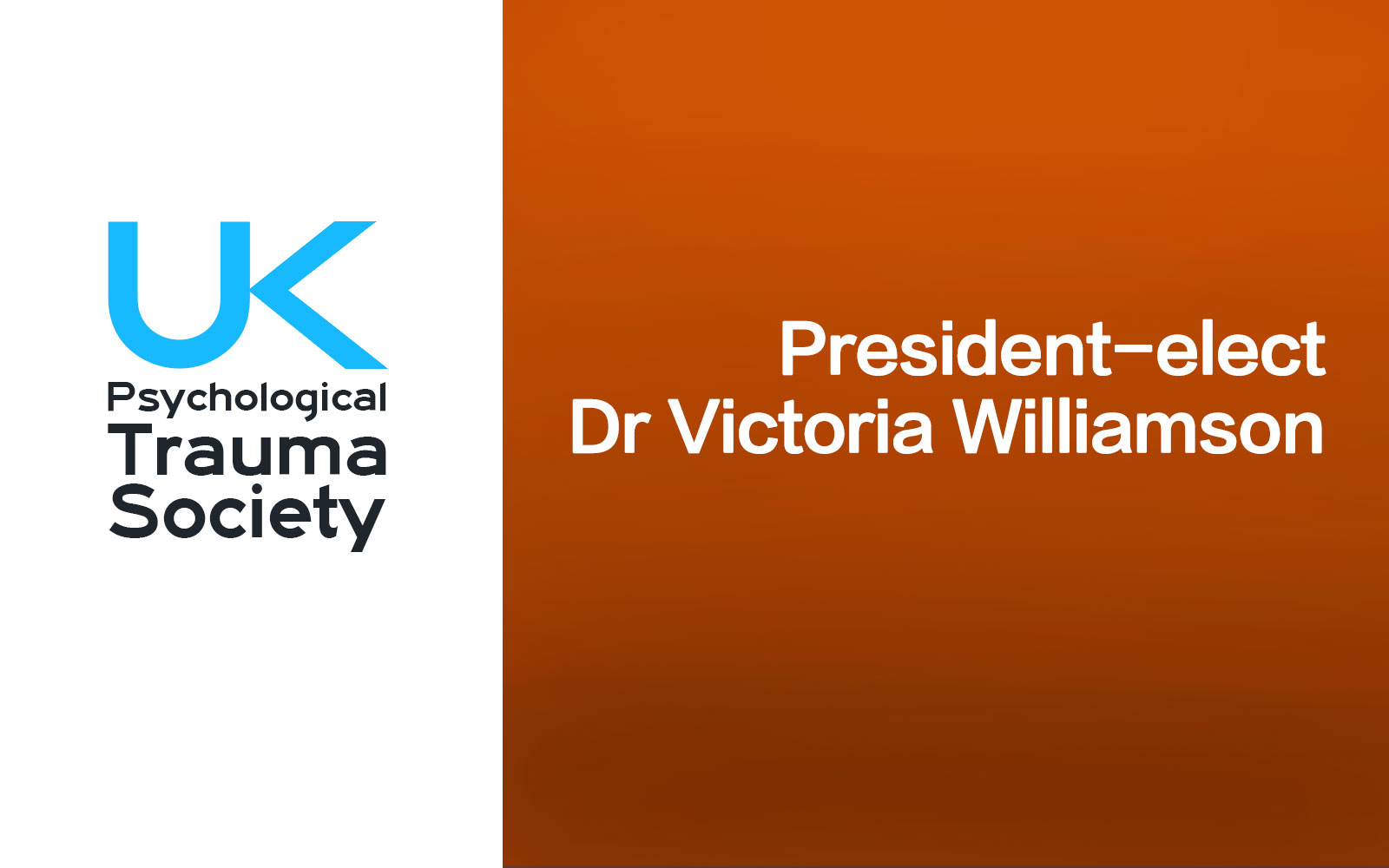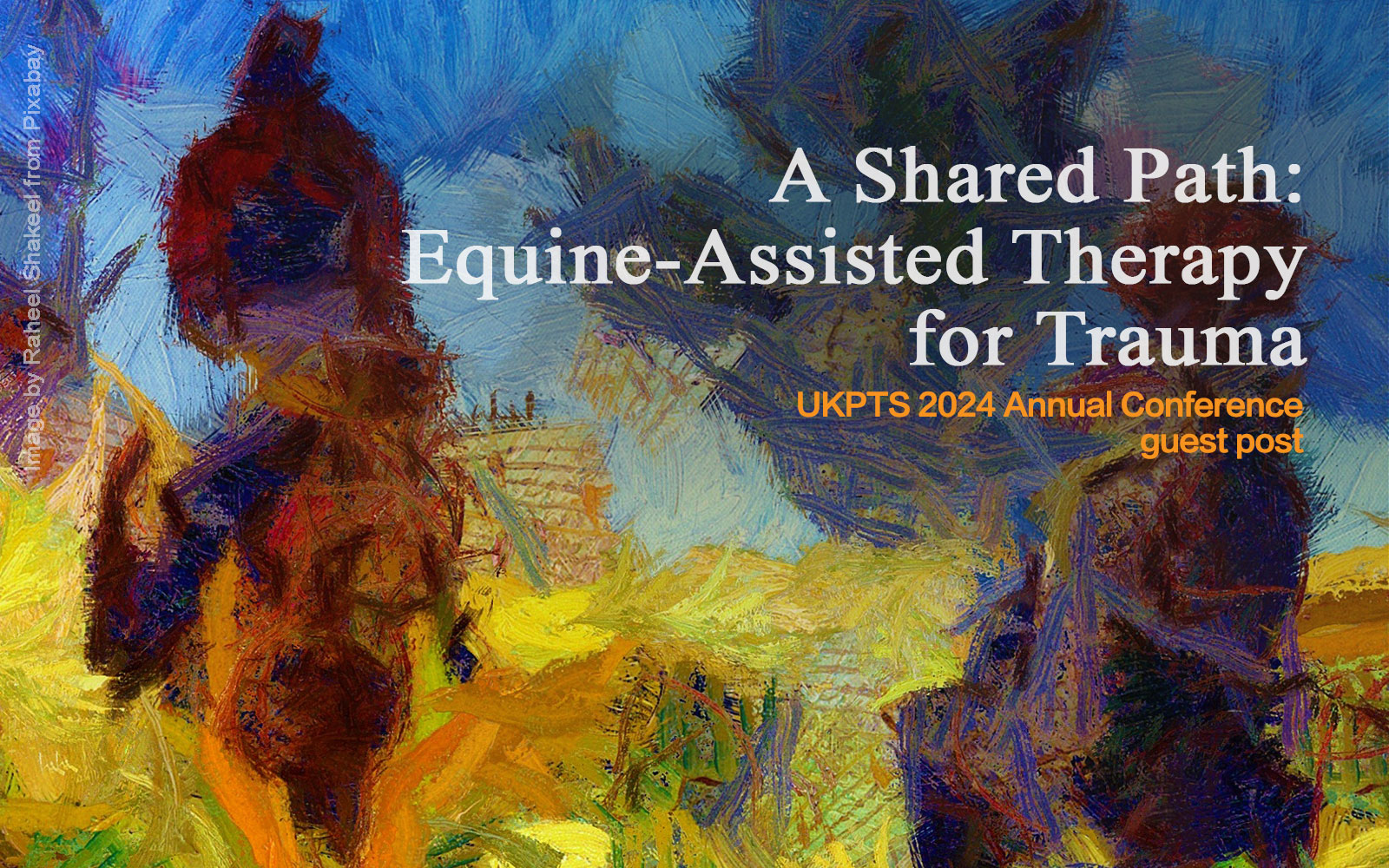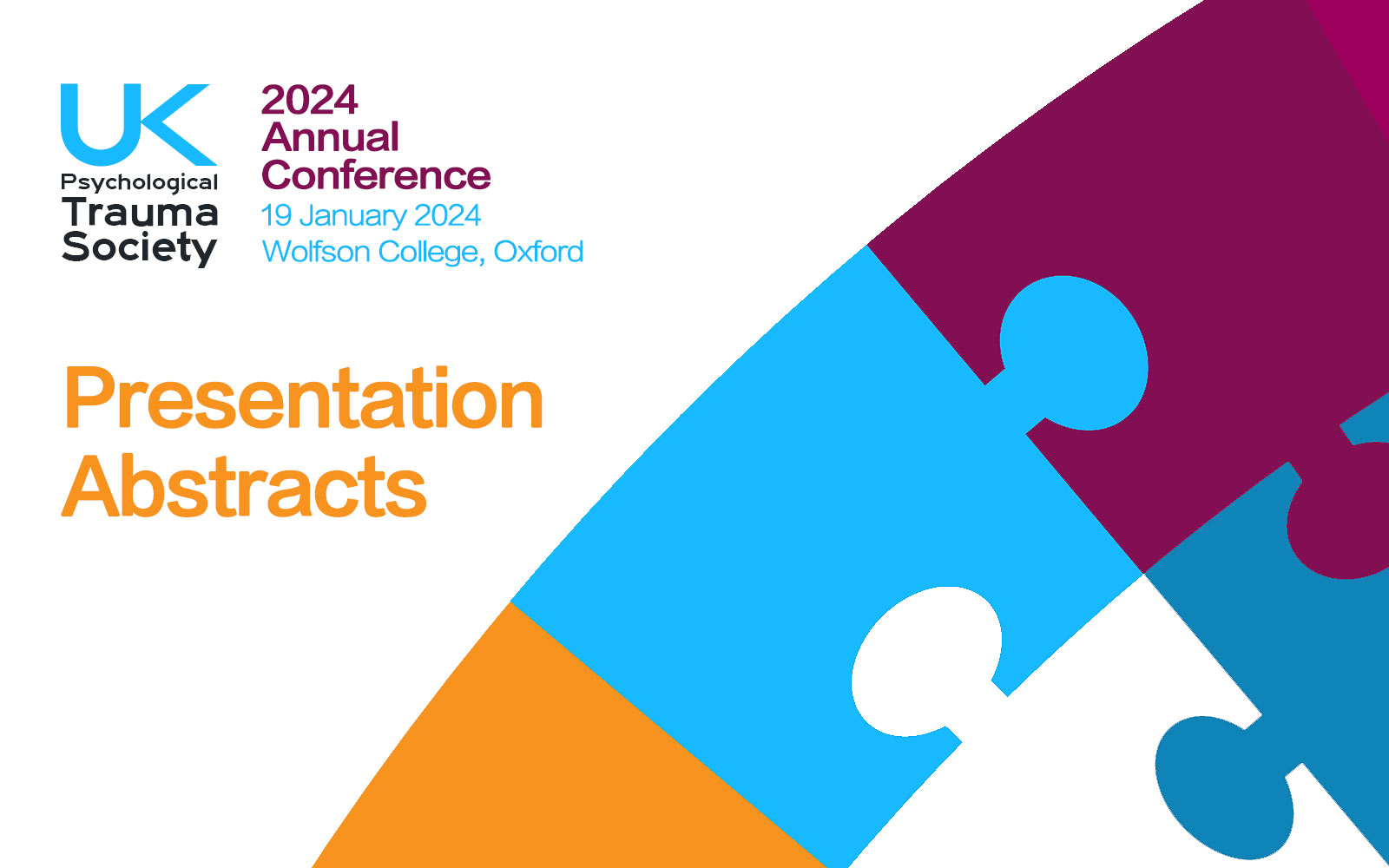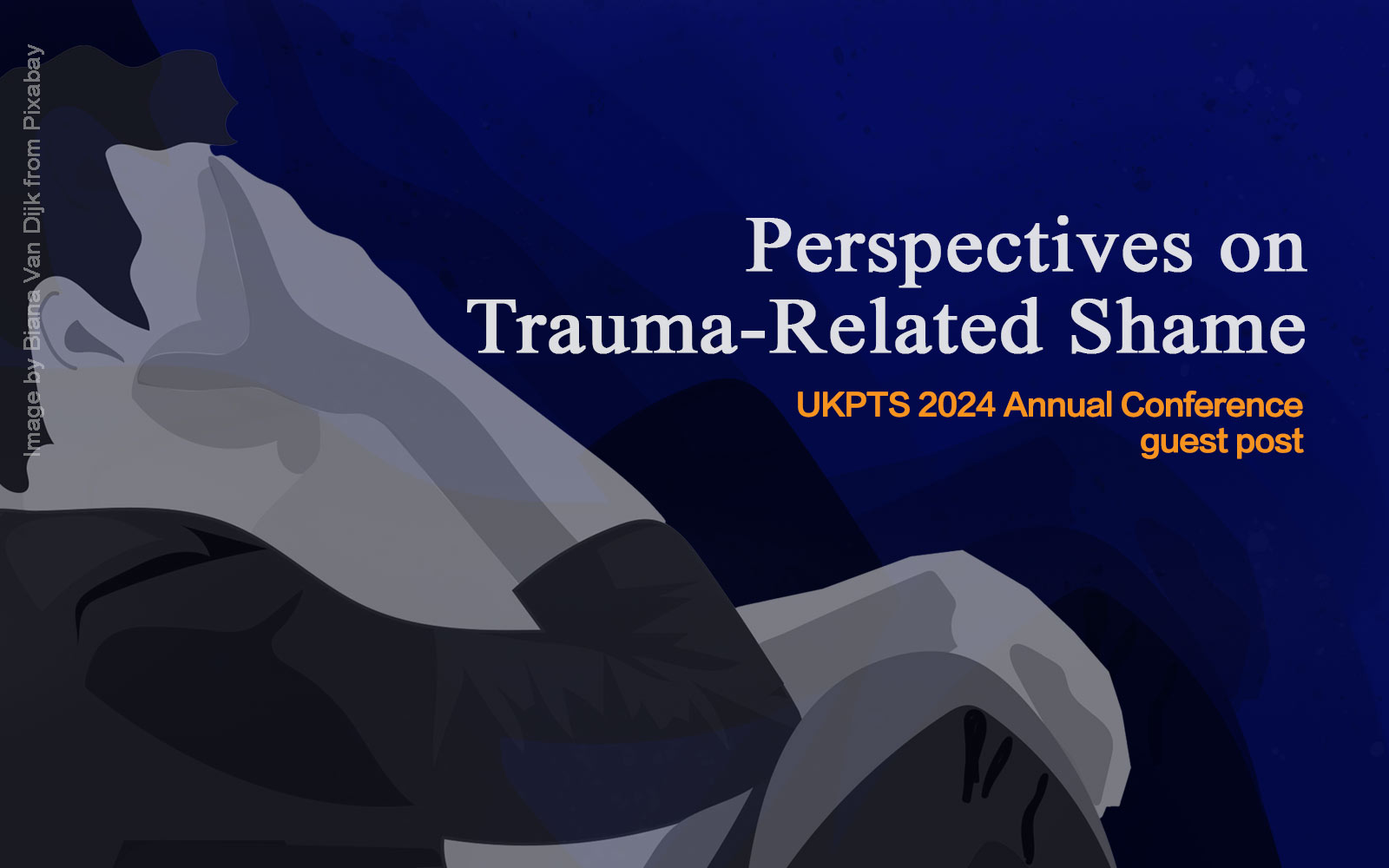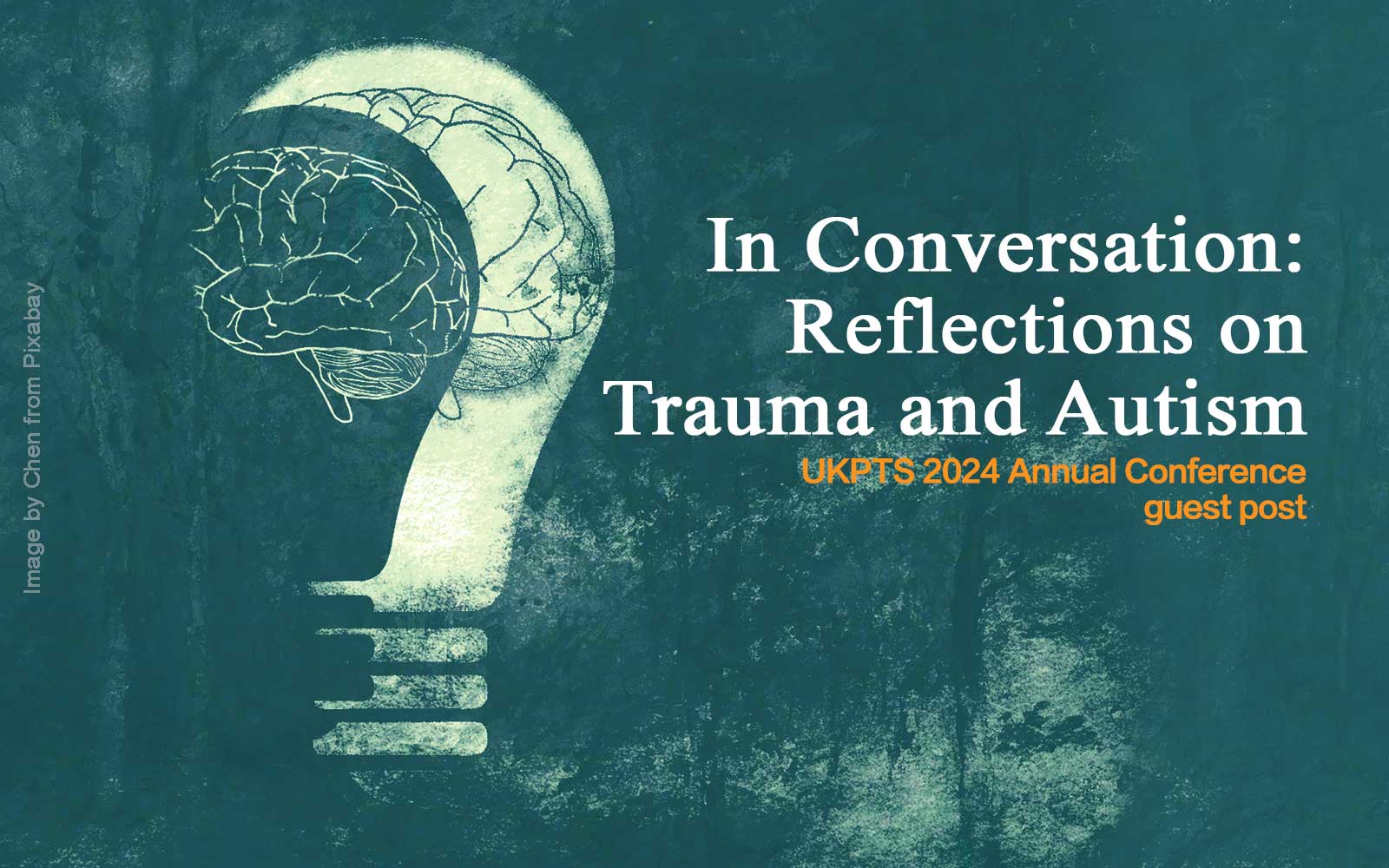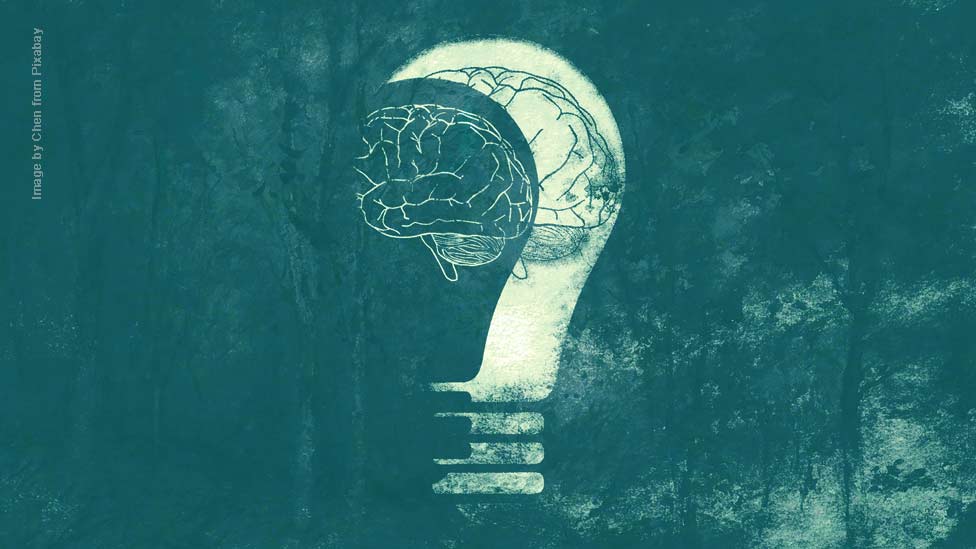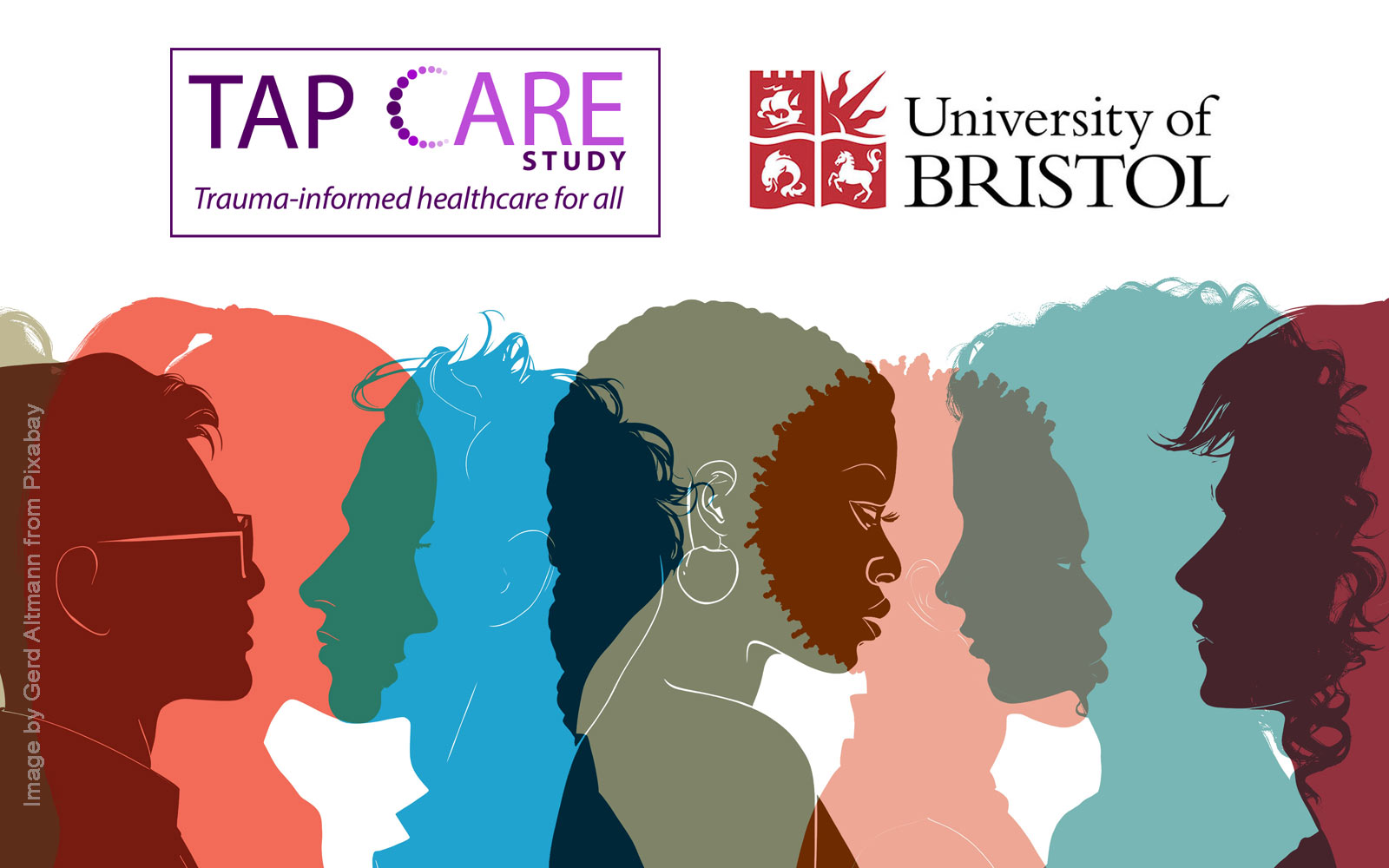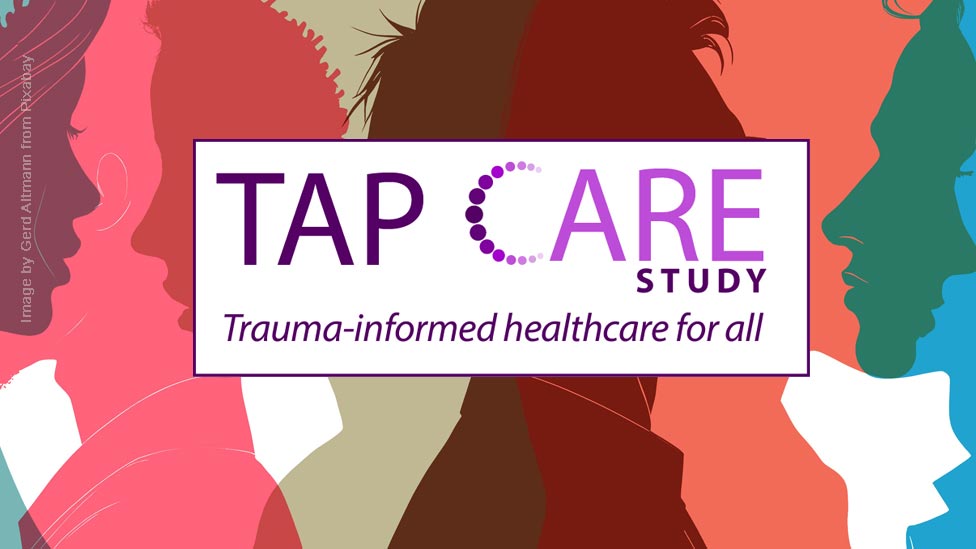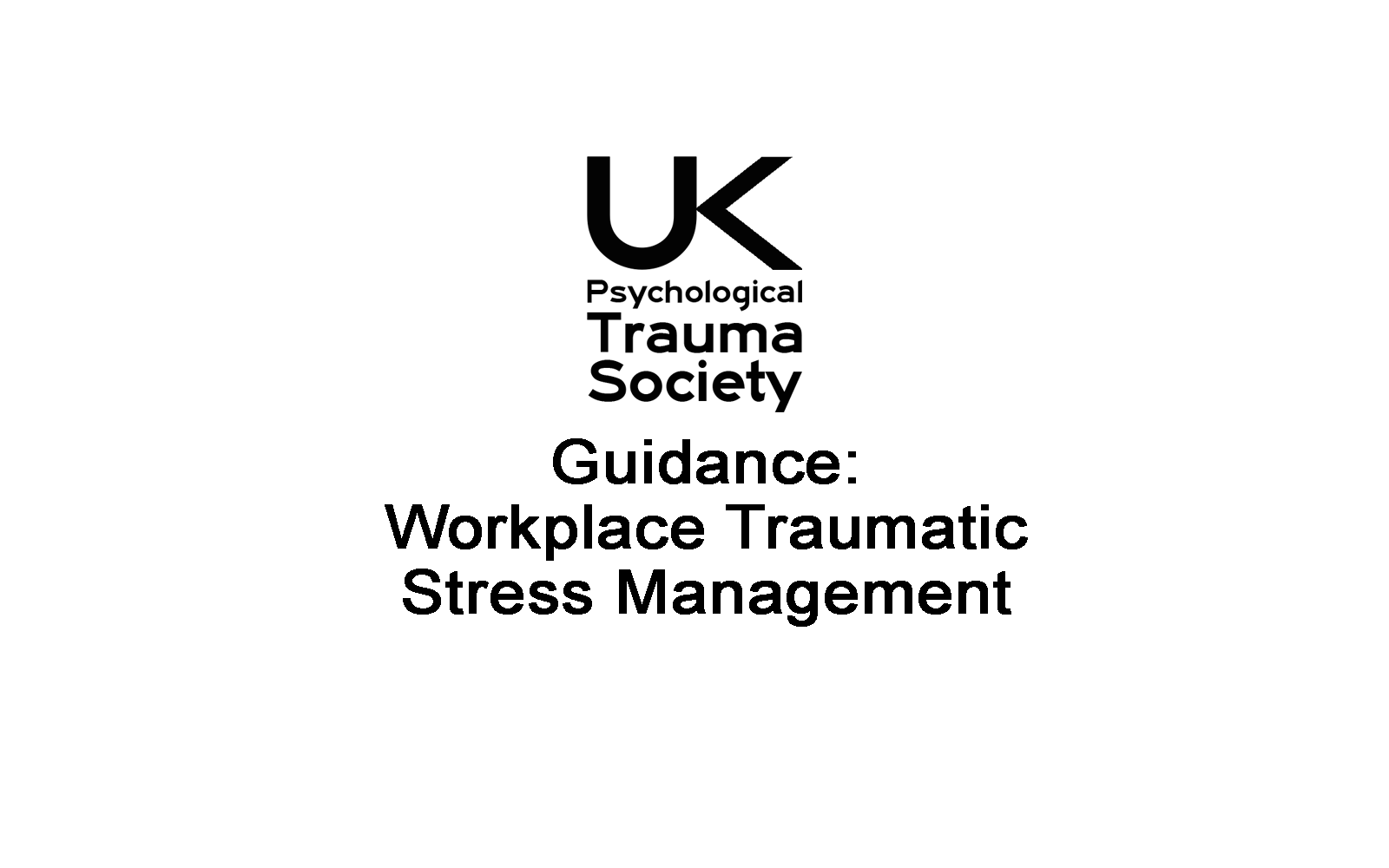Matt: It just shows how much impact the diagnosis itself can have, how that can impact family dynamics, and how that might lead to a more traumatic upbringing potentially if your parents respond to you in different ways. Especially if that comes on top of maybe being bullied at school for not fitting in.
I was aware of the overlap between autism and trauma but got a greater appreciation for it when I learned about the Coventry grid,6 which tries to distinguish between attachment disorders and autism, and shows how many of the behaviours and the presentation in general overlaps. That nuance and overlap, I think, can make the diagnostic process challenging at both an individual level and in terms of services.
Sophie: And going back to what we had said about the impact of diagnoses and labels, maybe how an autism diagnosis is received compared to a developmental trauma diagnosis. When I worked in a specialist school, every child had a diagnosis of autism. However, once we spent time building therapeutic relationships, around only a tenth of the children were autistic. Most children’s presentations seemed to be due to trauma. So, for example, when lots of the children started, they didn’t make eye contact. After intensive relationship building and working therapeutically though, they started making eye contact. Or another example, children initially had conversations on their preferred topic as it might have felt safer, but then, through building secure relationships, children would start to have broader conversations. The change in presentation made me think it was trauma, not autism.
Matt: I haven’t worked with as many kids as you, but I’ve experienced similar. I think of one case where they had an autism diagnosis but upon meeting them, I wasn’t the only one in the team who thought that an autism diagnosis might not be appropriate. It made a lot more sense, given their history, for their presentation to have been a result of developmental trauma.
It just makes me think about the politics of diagnosis, like you said, how it’s maybe easier for an autism diagnosis rather than trauma to be accepted by parents, carers, and others. The ICD-11 even talks about the boundary autism shares with other disorders and talks about the difficulty in distinguishing between reactive attachment disorder and autism – autistic traits should decrease when the person is in a nurturing environment like you just described with the kids in your school.7
Sophie: Yes, and crucially the impact of this diagnosis on the intervention and support that’s then offered. In my experience, lots of the interventions and techniques for autism and trauma do overlap, for example, using visual aids and having consistent boundaries. But there are differences. For instance, for a child with trauma, their previous experiences can affect their behaviour, particularly in relation to feelings of shame. This might need a slightly different response compared to an autistic child who is feeling unsafe due to inconsistent boundaries.
Also, it’s worth mentioning that the same strategies can be effective for different reasons. For example, grounding strategies may be used for an autistic person who is experiencing sensory overload, whereas if someone’s reliving past trauma, grounding strategies would be used to return someone’s awareness to the present moment and show them they are safe. The goal might be different too. Interventions like these can support trauma recovery, whereas autism is a lifelong condition and interventions support someone to live a meaningful life. So, it is important to think about the differences.
Matt: Yes, and the importance of considering the whole life course where you can and how these experiences and needs may overlap.

